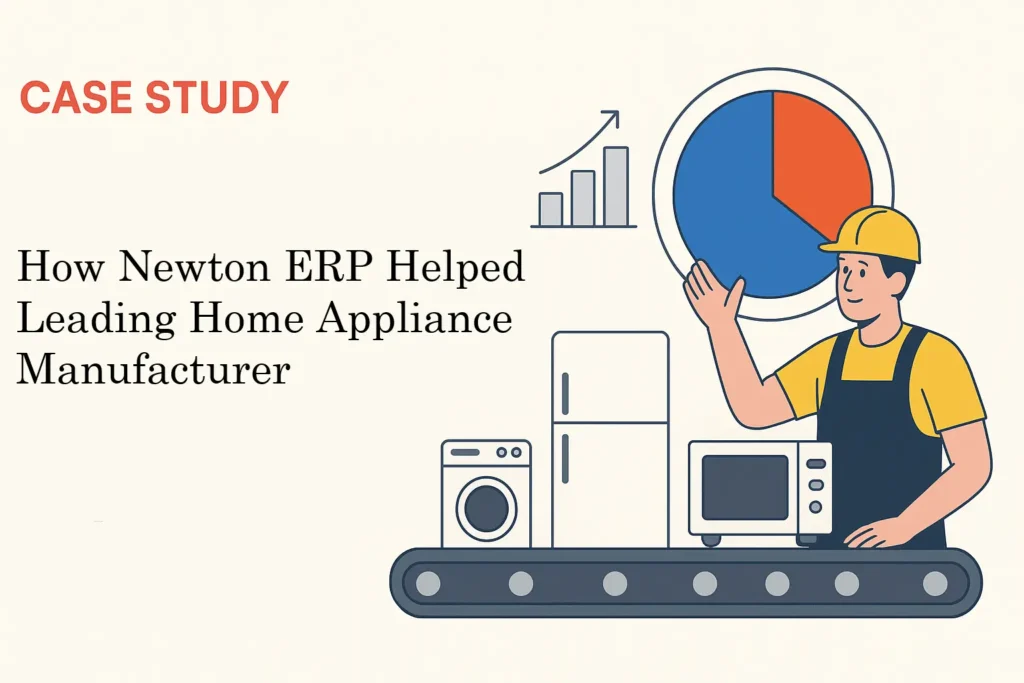Have you ever thought why the metal component of a spoon heats fast when you put it into hot soup but the handle of the spoon, which is made of plastic, does not get hot? Or what is the reason the electrical wires are wrapped in plastic and the inside of the wire is of copper?
The solution is how various materials respond to electricity and heat. All materials can be grouped into three broad categories namely conductors, insulators and semiconductors. Such groups determine whether electricity will flow readily, not at all or controllable.
It is not just important to understand the difference to be safe, but also it is important to understand the difference to be technological. Actually, the whole semiconductor industry relies on the behavior of semiconductors, and they are in all smartphones to electric cars.
Let’s break it down in simple words.
What are Conductors?
Conductors are materials that allow electricity to flow very easily. This happens because they have lots of free electrons (tiny particles that carry electricity) that move around without much resistance.
- Examples: copper, aluminum, gold, and silver.
- Why they conduct: The electrons in conductors are not tightly bound, so they move freely like cars on an open highway.
- Everyday use: Conductors are used in electrical wires, circuits, motors, and household appliances.
Think of conductors as open roads where electricity can run freely without obstacles.
What are Insulators?
On the other hand, insulators are materials that block electricity. Their electrons are tightly bound and do not move, so electric current cannot pass through them.
- Examples: rubber, plastic, glass, and wood.
- Why they don’t conduct: Since the electrons are locked in place, electricity cannot flow.
- Everyday use: Insulators are used in wire coverings, safety gloves, helmets, and switchboards to keep us safe from electric shocks.
You can imagine insulators as roadblocks or barriers where electricity simply cannot pass through.
What are Semiconductors?
And here we have the most interesting category: semiconductors. A semiconductor is a substance, which at times acts as a conductor and at other times as an insulator. It is sensitive to factors such as temperature or light or adding special chemicals (a process known as doping).
- Examples: silicon, germanium, gallium arsenide, and silicon carbide semiconductor.
- Why they are special: Their conductivity can be changed and controlled, which makes them perfect for use in electronic devices.
- Everyday use: They are found in smartphones, computers, LED lights, solar panels, and almost every modern gadget.
Think of semiconductors as smart gates. They decide when electricity should pass and when it should stop, just like a traffic light controls cars on a busy road.
Key Differences Between Conductors, Insulators, and Semiconductors
| Property | Conductors | Insulators | Semiconductors |
| Conductivity | Very high | Very low | Medium, can be controlled |
| Electron Movement | Many free electrons | No free electrons | Few electrons, can be increased |
| Energy Gap | No gap, easy flow | Large gap, no flow | Small gap, adjustable flow |
| Examples | Copper, aluminum, silver | Rubber, plastic, glass | Silicon, germanium, silicon carbide |
| Uses | Wires, circuits, motors | Coatings, insulators, tools | Chips, LEDs, solar cells, electronics |
In short:
- Conductors are like highways for electricity.
- Insulators are like roadblocks.
- Semiconductors are smart traffic controllers.
Why Semiconductors Matter Today?
Semiconductors are the heroes of modern technology as important as conductors and insulators. Semiconductor chips are used in almost all devices nowadays. These chips are the brain of your smart phone, laptop, washing machine or even your car.
One of the rapidly growing industries in the world is the semiconductor engineering industry owing to our growing dependence on electronics. The internet or renewable energy solutions or even lifesaving medical equipment would not exist without semiconductors.
How Semiconductor Manufacturing Works?
So how do raw materials turn into the tiny chips inside your gadgets? Let’s keep it simple.
- Raw Material: Most semiconductors are made from silicon, which is found in sand. For advanced technology, materials like silicon carbide semiconductors are also used.
- Purification: The silicon is cleaned and purified until it reaches a very high level of purity.
- Wafer Creation: The purified silicon is shaped into thin slices called wafers.
- Circuit Printing: Microscopic circuits are printed on these wafers to create pathways for electricity.
- Testing: Each chip is tested for performance and durability.
These steps make it possible for chip manufacturers to supply powerful, reliable, and tiny semiconductor chips that run billions of devices across the globe.
Future of Semiconductors
Semiconductors are in high demand due to the emergence of new technologies such as artificial intelligence, electric vehicles, and renewable energy. Silicon semiconductors have been utilized over the decades, but emerging materials such as silicon carbide semiconductors are beginning to be significant.
Why? Silicon carbide results in chips that are faster, more durable and the use of less power. This comes in particularly handy in electric vehicles, solar power systems, and 5G networks.
These advanced materials will play a key role in the future of electronics. That explains why governments and industries world-wide are putting billions into semiconductor manufacturing and urging more chip manufacturers to increase production.
Conclusion
To sum it up:
- Conductors allow electricity to flow easily, like copper wires in your home.
- Insulators block electricity and keep us safe, like rubber or plastic coverings.
- Semiconductors are smart materials that can control electricity, and they are the backbone of modern technology.
Although conductors and insulators play a significant role in our daily life, semiconductors contribute to innovation. They are the future of our world, whether it is semiconductor chips in your phone or more advanced silicon carbide semiconductors in your electric cars.
With technology continuing to advance, the semiconductor industry will continue to lead the pack, as our devices will continue to become faster, smarter and more efficient with regard to energy consumption.












